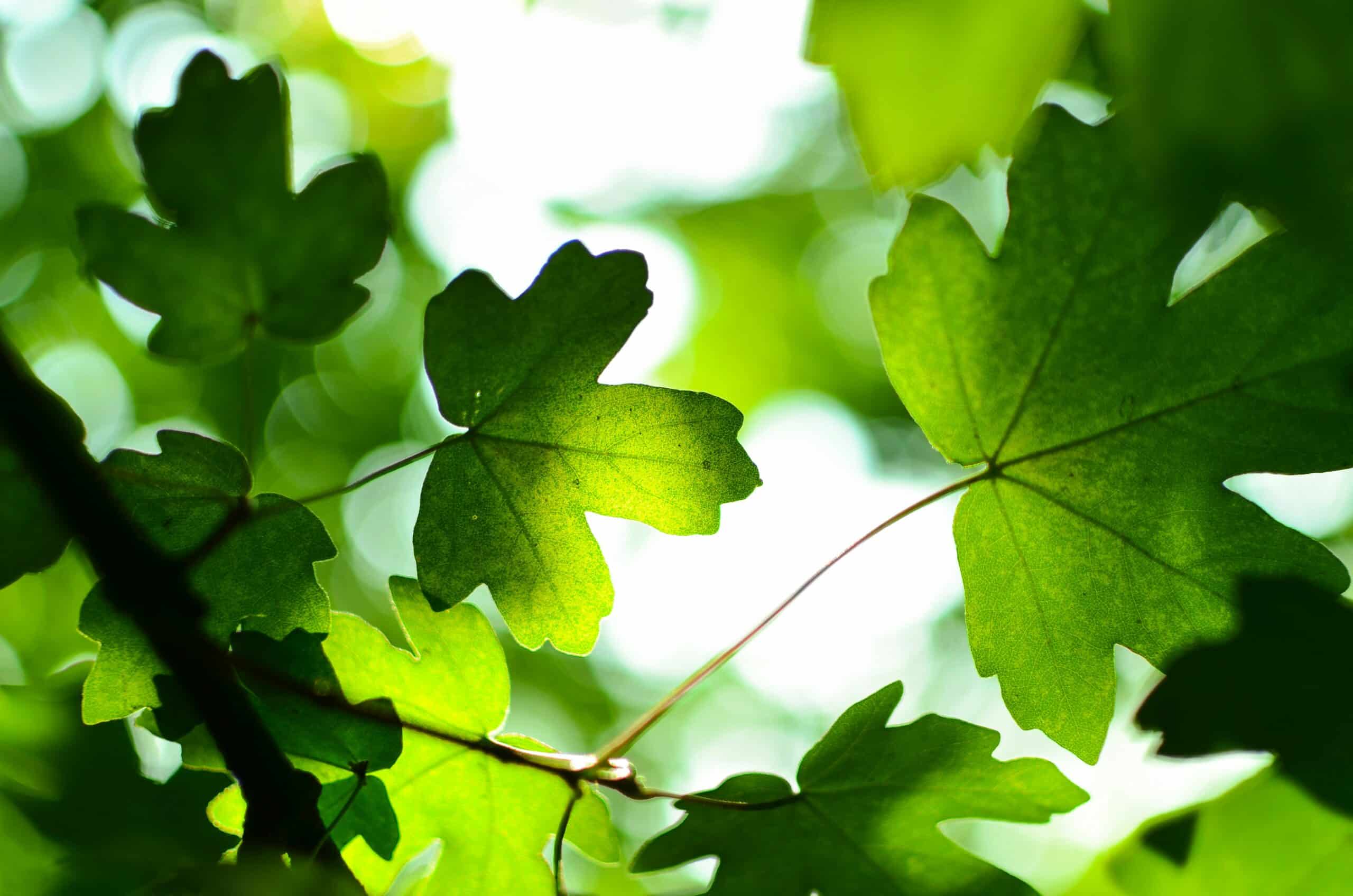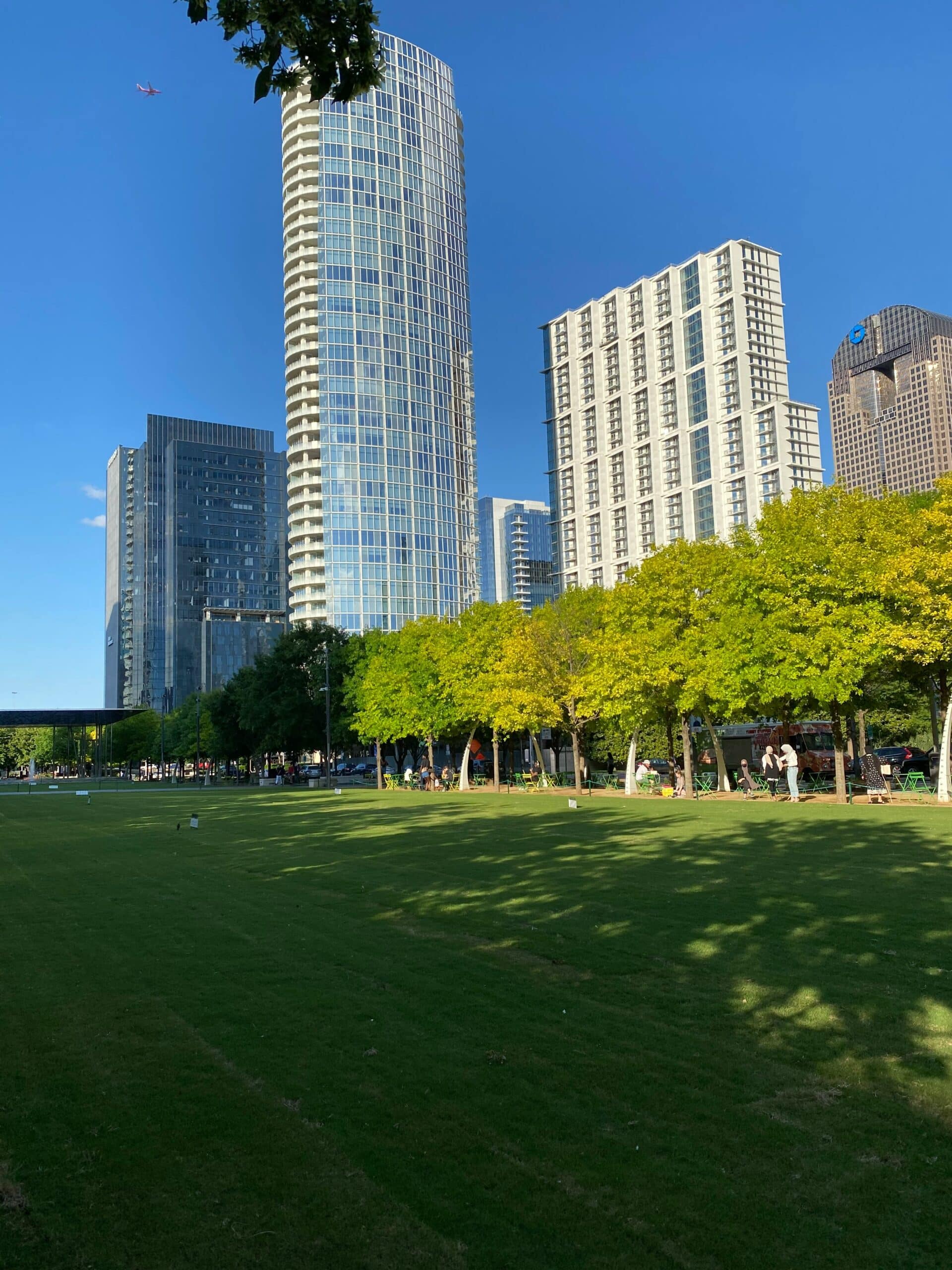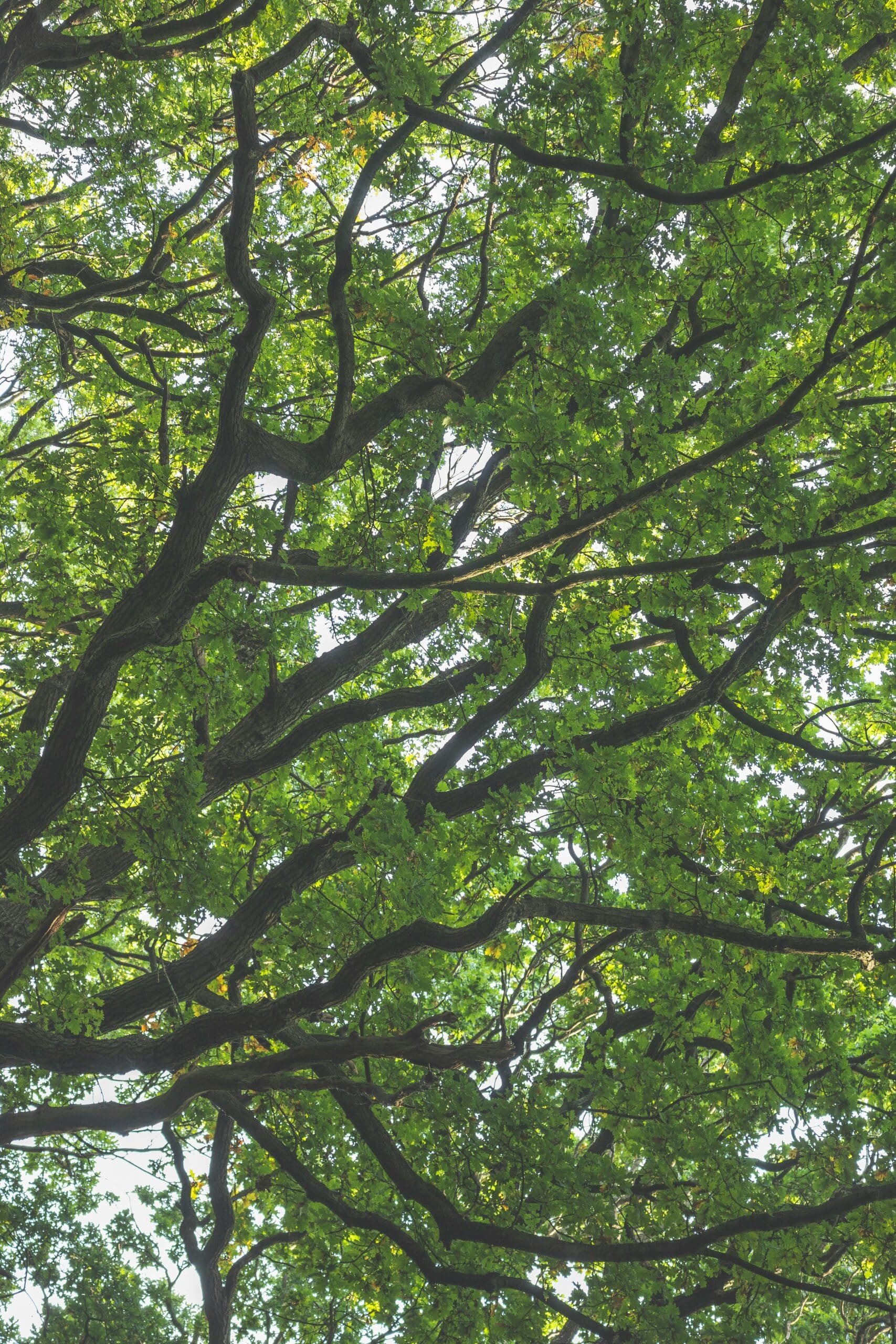
Date July 29, 2025
Category
Trees provide beauty, shade, and environmental benefits throughout Dallas, TX. But with those advantages comes a responsibility—ensuring that these trees don’t pose a risk to people or property. That’s where a tree risk assessment becomes essential.
In cities like Dallas, where storms, heavy winds, and aging urban trees are common, knowing the health and structural stability of your trees is crucial. This guide explains the importance of tree risk assessment in Dallas TX, how the process works, and why working with an ISA Certified Arborist is key.
Why Tree Risk Assessments Matter in Dallas
Dallas’s landscape includes a rich mix of mature trees, urban development, and unpredictable weather patterns. This combination makes regular tree safety inspections vital for homeowners, property managers, and city planners.
Benefits of Tree Risk Assessments:
- Protect People and Property: Prevent injuries or damage caused by falling limbs or uprooted trees.
- Identify Hidden Weaknesses: Detect internal decay, root instability, or pest infestation early.
- Reduce Liability: Property owners are responsible for the safety of the trees on their land. An assessment helps minimize legal risks.
- Preserve Tree Health: Early detection of issues enables targeted care that extends a tree’s lifespan.
- Promote Urban Safety: Ensures that public walkways, parks, and neighborhoods remain secure for residents.
When You Need a Tree Risk Assessment
Not every tree needs an in-depth inspection, but certain signs indicate it’s time to call a certified professional. In Dallas, specific triggers make scheduling a tree risk assessment a priority:
Warning Signs:
- Leaning trees or those that have shifted after a storm
- Cracks in the trunk or major limbs
- Dead or hanging branches
- Fungal growth, especially at the tree base or on roots
- Sudden leaf loss or sparse canopy coverage
- Visible root damage or soil heaving around the base
Situational Triggers:
- After severe weather events (common in Dallas’s storm season)
- Prior to new construction or landscaping changes
- When a tree is located near a home, sidewalk, power line, or structure
- For trees over 20 years old or those in declining health
The Tree Risk Assessment Process
A professional tree risk assessment in Dallas TX is a structured process conducted by an ISA Certified Arborist. This ensures that the evaluation meets industry standards and provides accurate, actionable results.
Step-by-Step Breakdown:
- Visual Inspection: The arborist begins with a thorough examination of the tree, looking for structural defects, pests, diseases, or abnormalities.
- Root Zone Analysis: Roots are vital to tree stability. The assessment includes checking for girdling roots, compaction, decay, or signs of root rot.
- Trunk and Branch Assessment: Cracks, cavities, wounds, or signs of decay are noted. Arborists may use tools to detect internal defects without damaging the tree.
- Canopy Review: Leaf density, deadwood, and branch structure are evaluated. A sparse or uneven canopy can indicate deeper health issues.
- Surrounding Environment: Soil condition, drainage, and proximity to structures or utilities are reviewed to understand external risk factors.
- Advanced Testing (if needed): In some cases, diagnostic tools like resistance drilling or sonic tomography are used to assess internal wood strength.
- Risk Rating and Report: The arborist assigns a risk level (low, moderate, high, or extreme) and provides a written report with recommendations.
The Role of an ISA Certified Arborist
Hiring an ISA Certified Arborist is the safest and smartest way to ensure a thorough tree risk assessment in Dallas TX. These professionals undergo rigorous training, testing, and continuing education to maintain their credentials.
Why Choose a Certified Arborist:
- Proven expertise in diagnosing tree conditions and potential hazards
- Ethical practices guided by ISA standards
- Access to the latest tools and diagnostic methods
- Comprehensive reporting and follow-up support
ISA Certified Arborists don’t just spot problems—they help create long-term strategies to mitigate risks and promote tree health.
Common Tree Hazards in Dallas, TX
Urban trees in Dallas face unique environmental pressures that increase the likelihood of failure or decline.
Environmental Challenges:
- Clay soil common in Dallas can compact easily, limiting root development
- Heat and drought stress during long summer months
- Storm damage from spring and fall weather systems
- Invasive pests like Emerald Ash Borer and Webworms
Structural Hazards:
- Trees with multiple trunks or narrow branch angles
- Trees that have been improperly pruned in the past
- Encroaching roots near foundations or sidewalks
By identifying these risks early through an assessment, property owners can take proactive steps before an emergency arises.
Risk Mitigation and Remediation Techniques
Once a tree has been assessed, the next step is mitigation. This may involve anything from minor trimming to full removal, depending on the risk level and health of the tree.
Common Mitigation Strategies:
- Pruning: Removing dead, diseased, or hazardous limbs to improve structure and balance
- Cabling and Bracing: Installing hardware to support weak branches or trunks
- Soil Management: Aerating compacted soil and amending with nutrients to support root health
- Pest and Disease Treatment: Applying treatments to control infestations or infections
- Tree Removal: In severe cases, the safest option may be full removal to protect people and property
ISA Certified Arborists will guide property owners through each option, explaining costs, benefits, and timelines.
How Often Should Trees Be Assessed?
The frequency of a tree risk assessment depends on several factors:
General Guidelines:
- Young trees: Every 3–5 years, to guide proper structural growth
- Mature trees: Every 2–3 years or after major storms
- Trees near structures: Annual inspections are recommended
- Previously treated trees: Should be monitored more frequently to track progress
A consistent schedule helps catch problems early and supports long-term tree health.
Tree Risk Assessment and Insurance
In some cases, a tree risk assessment can assist with insurance claims or provide documentation of proactive care, which could help reduce liability in the event of property damage.
Homeowners in Dallas often benefit from keeping assessment reports and maintenance records, particularly after storm seasons. These records demonstrate responsible ownership and can help resolve disputes with neighbors or municipalities.
DIY Inspections vs. Professional Assessments
While homeowners can and should regularly inspect their trees, only a trained arborist can detect hidden dangers or make qualified risk ratings.
DIY Observations:
- Look for hanging limbs or cracks
- Check soil for signs of uprooting
- Inspect foliage and bark for changes
However, don’t attempt:
- Climbing or cutting branches
- Using tools to test internal decay
- Diagnosing disease without lab support
Trusting an ISA Certified Arborist for your tree risk assessment in Dallas TX ensures the right steps are taken safely and effectively.
Partnering with TreeNewal: Dallas’s Trusted Arborist Team
When it comes to protecting your trees and property, TreeNewal offers unmatched expertise. With ISA Certified Arborists on staff and years of experience serving Dallas and the surrounding Metroplex, they provide reliable assessments backed by science and local knowledge.
Why TreeNewal?
- ISA Certified Arborists with decades of experience
- Comprehensive tree assessments and detailed reports
- Tailored care plans for each property and tree type
- Storm response and emergency services for Dallas-area residents
- Long-term tree health strategies to prevent recurring issues
Whether you’re concerned about a single tree or managing a large property, TreeNewal’s experts help you stay safe and protect your investment.
Conclusion
Trees are a valuable part of Dallas’s landscape—but without proper care, they can become dangerous liabilities. A tree risk assessment in Dallas TX is more than just a precaution—it’s an essential step in responsible property management.
By partnering with an ISA Certified Arborist, you can:
- Identify and address tree hazards early
- Protect your family, home, and neighborhood
- Support tree health and longevity
- Make informed decisions backed by expert advice
If you have questions about your trees or want peace of mind before the next Dallas storm season, reach out to TreeNewal today.
Photo by Michael Held on Unsplash
